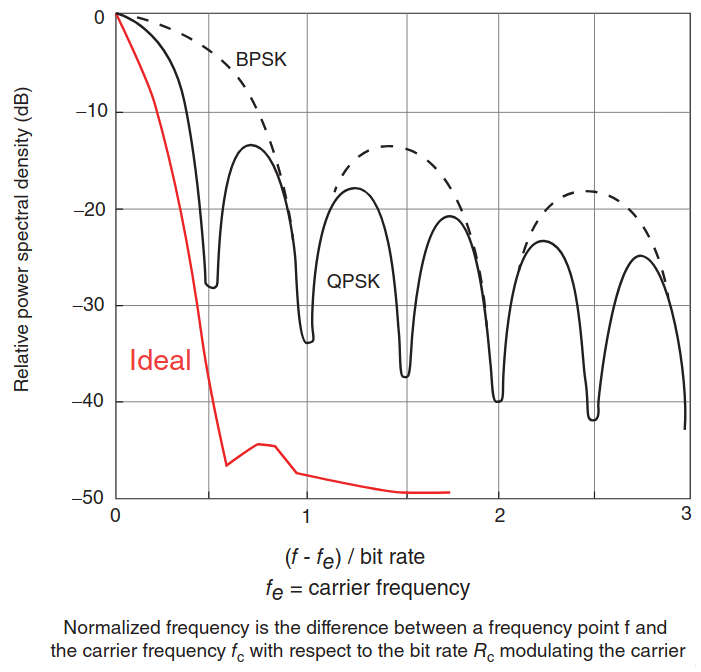Sidelobe – Definition and Pronunciation
What is Sidelobe?
Sidelobes are part of an antenna’s radiation pattern that can detect or radiate signals in an unwanted direction (i.e., off-axis). This radiation can produce interference into other systems or susceptibility to interference from other systems. The larger the side lobes, the more noise and interference an antenna can detect. Sidelobe levels are determined by the design of the antenna.
Examples of Sidelobe
As summarized earlier, while the sidelobes of the proposed antenna exceed the Section 25.138(a)(2) limits in the elevation plane at the main lobe and at the four discrete points identified, ViaSat has coordinated the operation of the proposed antenna with O3b, which currently is the only potentially impacted non-GSO FSS system. ViaSat will coordinate its aeronautical terminal operations with any future potentially affected non-GSO applicants.
From “Aeronautical Mobility Services”.
The amount of excitation for each feed horn is adjusted in both the amplitude and the phase to maximize the power within the coverage area while at the same time minimizing the sidelobes (radiation) outside the coverage area.
From “High Throughput Satellites (HTS) and KA/KU Spot Beam Technologies”.

From “DVB-S2 Modulation Extensions and Other Advances”.
